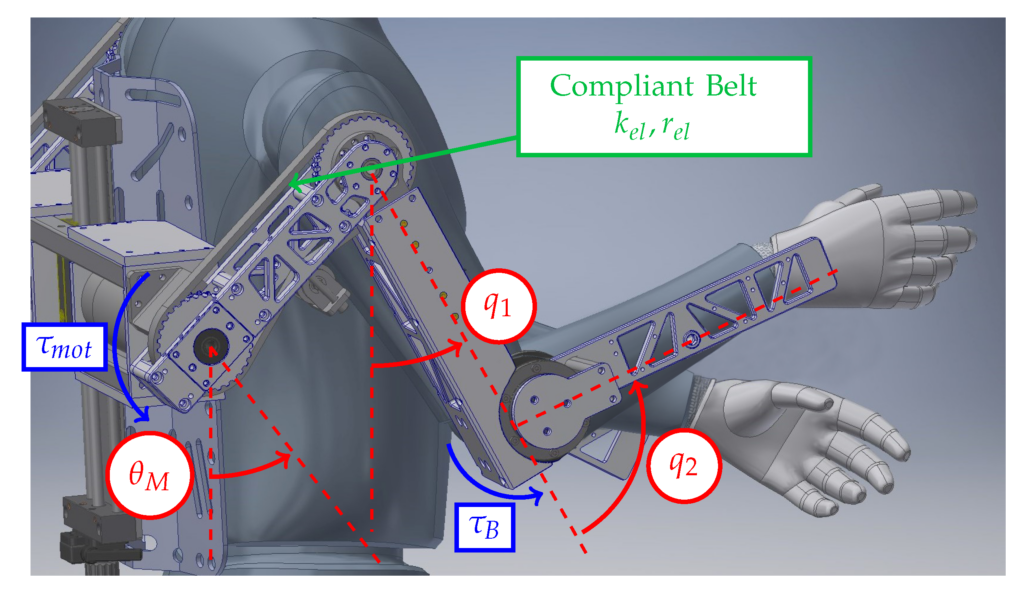Exoskeleton science has fascinated researchers for decades. Exoskeletons have uses in healthcare, the military, and industry as technology advances. Wearable exoskeletons combine mechanics and electronics to improve strength, endurance, and movement. This article covers exoskeleton science, emphasizing mechanics and electronics.
General Electric created the first exoskeleton prototype, the Hardiman, in the 1960s. This early type featured a full-body suit meant to boost strength and facilitate heavy lifting. The project was abandoned because the Hardiman proved too heavy and bulky. Since then, materials, electronics, and robots have enabled more advanced and practical exoskeleton designs.
Exoskeletons are wearable devices that augment human abilities. Exoskeletons have a rigid frame, actuators, sensors, and a control system. Aluminum or carbon fiber frames reduce gadget weight. This frame supports joints and muscles by aligning with the user.

Actuators move the exoskeleton.
Depending on design and use, they might be electric motors or hydraulic systems. Hydraulic systems are better for heavy-duty exoskeletons, whereas electric motors are utilised in lightweight ones. The exoskeleton’s actuators replicate and augment natural motions.
Exoskeletons depend on sensors. They report wearer motions to the control system. Exoskeletons employ accelerometers, gyroscopes, and force sensors. Accelerometers and gyroscopes track exoskeleton acceleration and direction, while force sensors record user force. The control system uses this data to calculate actuator response.
The exoskeleton’s brain, the control system, coordinates actuator operations based on sensor information. A microprocessor or microcontroller processes sensor data and directs actuators. The control system can be configured with algorithms to maximize exoskeleton performance, such as altering user support or adapting to varied workloads and situations.

